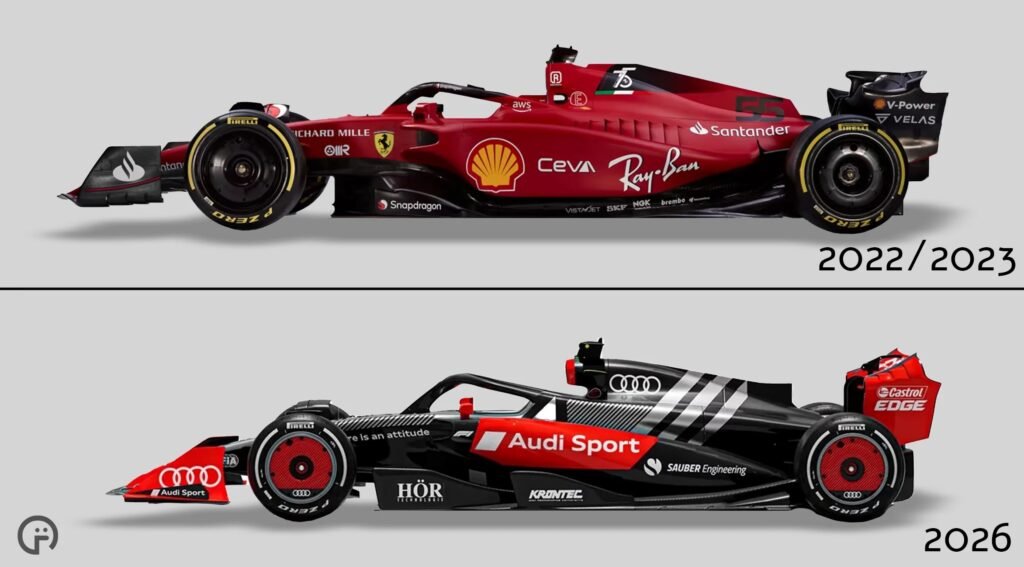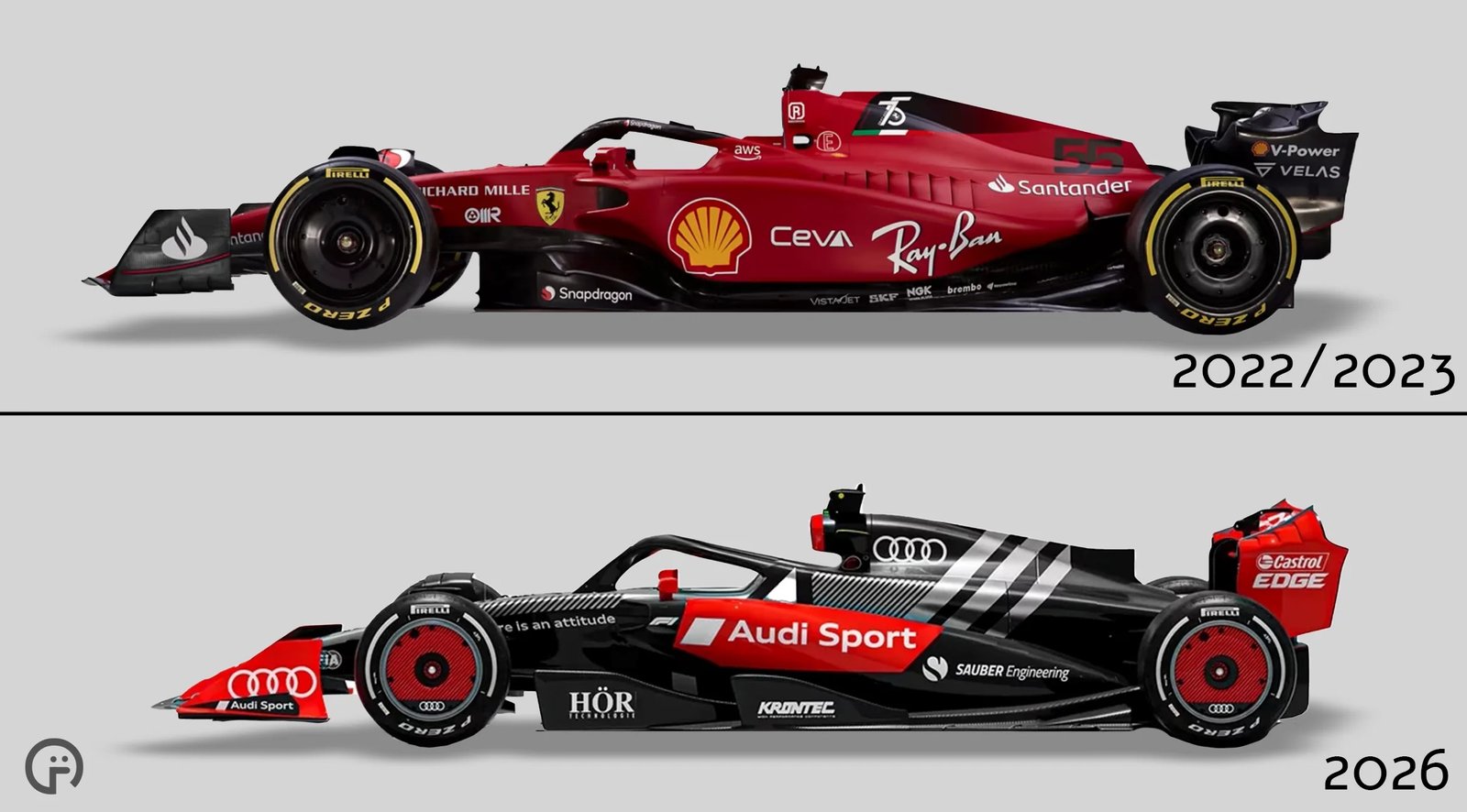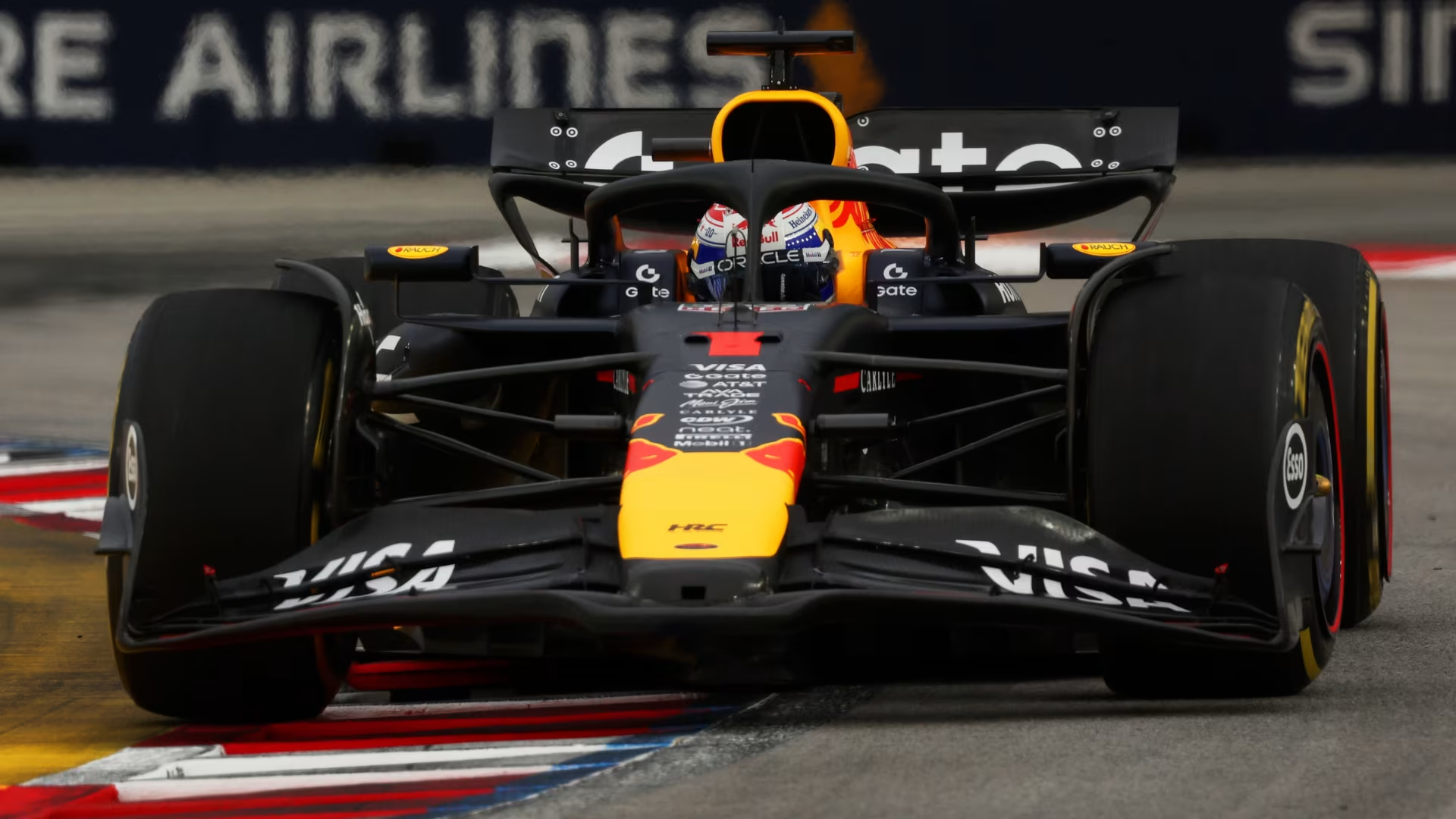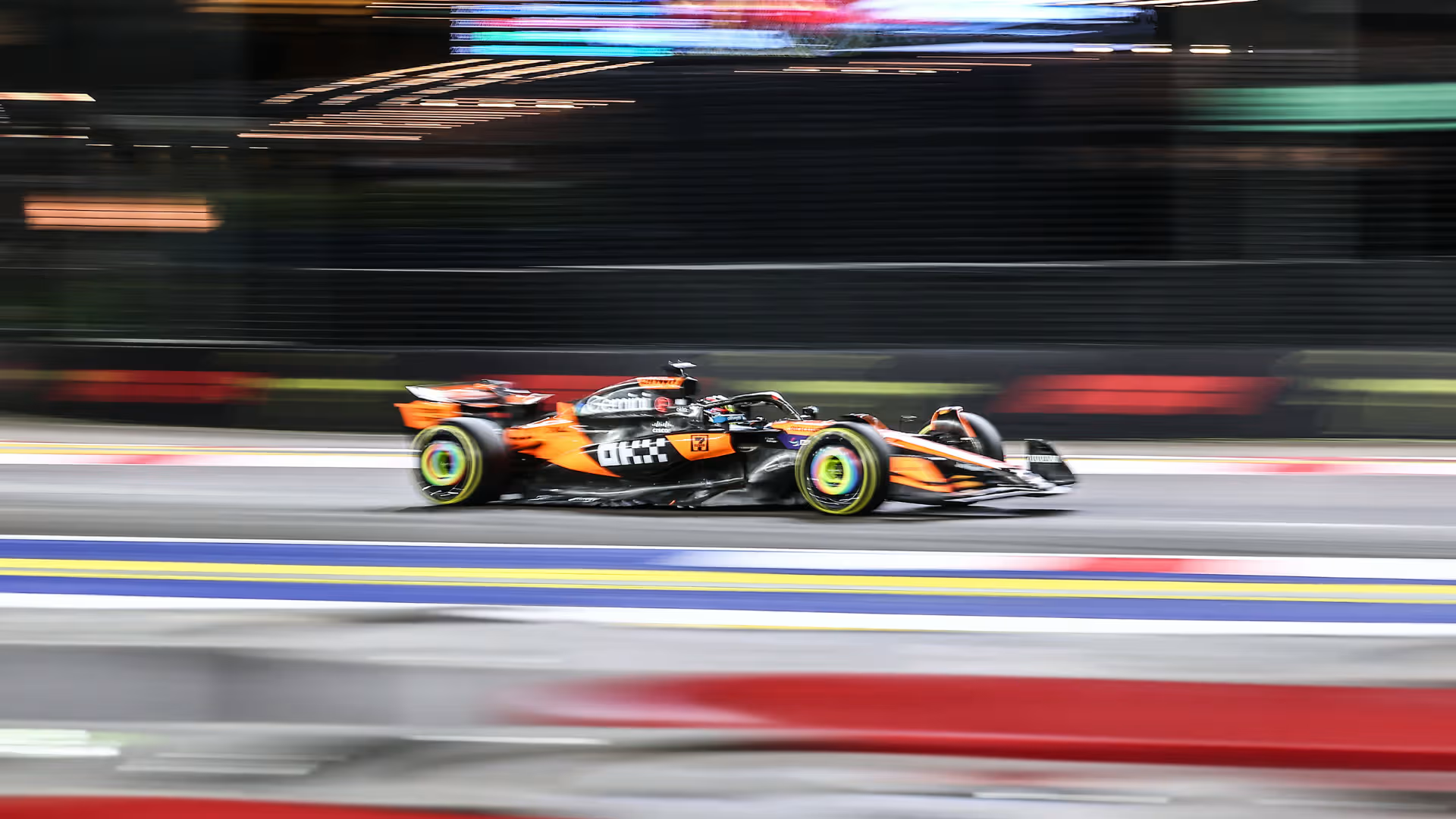
For the past decade, Formula 1 cars have been getting progressively heavier, making most European Grade 1 circuits unsuitable for overtaking and side-by-side racing. To address this, the FIA plans to reduce the weight of F1 cars under the new technical regulations for the 2026 season.
In 2026, Formula 1 will introduce a new technical regulation, aiming to simplify power units and reduce car weight by 50 kg. This shift will see the removal of the thermal energy recovery system, retaining only kinetic energy recovery, which aligns better with road car technologies.
Over the past 13 years, F1 cars have gained 176 kg due to safety features and engine evolution, leading to driver complaints about maneuverability and overtaking difficulties. The current minimum weight stands at 798 kg, excluding up to 125 kg of fuel.
Nicolas Tombazis, F1’s head of technical development, revealed plans for narrower wheels, smaller rear wings, and overall lighter, shorter cars. This will make cars faster on straights but slower in corners, requiring more energy recovery to maintain lap performance. Despite concerns from teams like Red Bull, Tombazis reassures that the 2026 regulations will harmonize engine and chassis developments for optimal performance.













